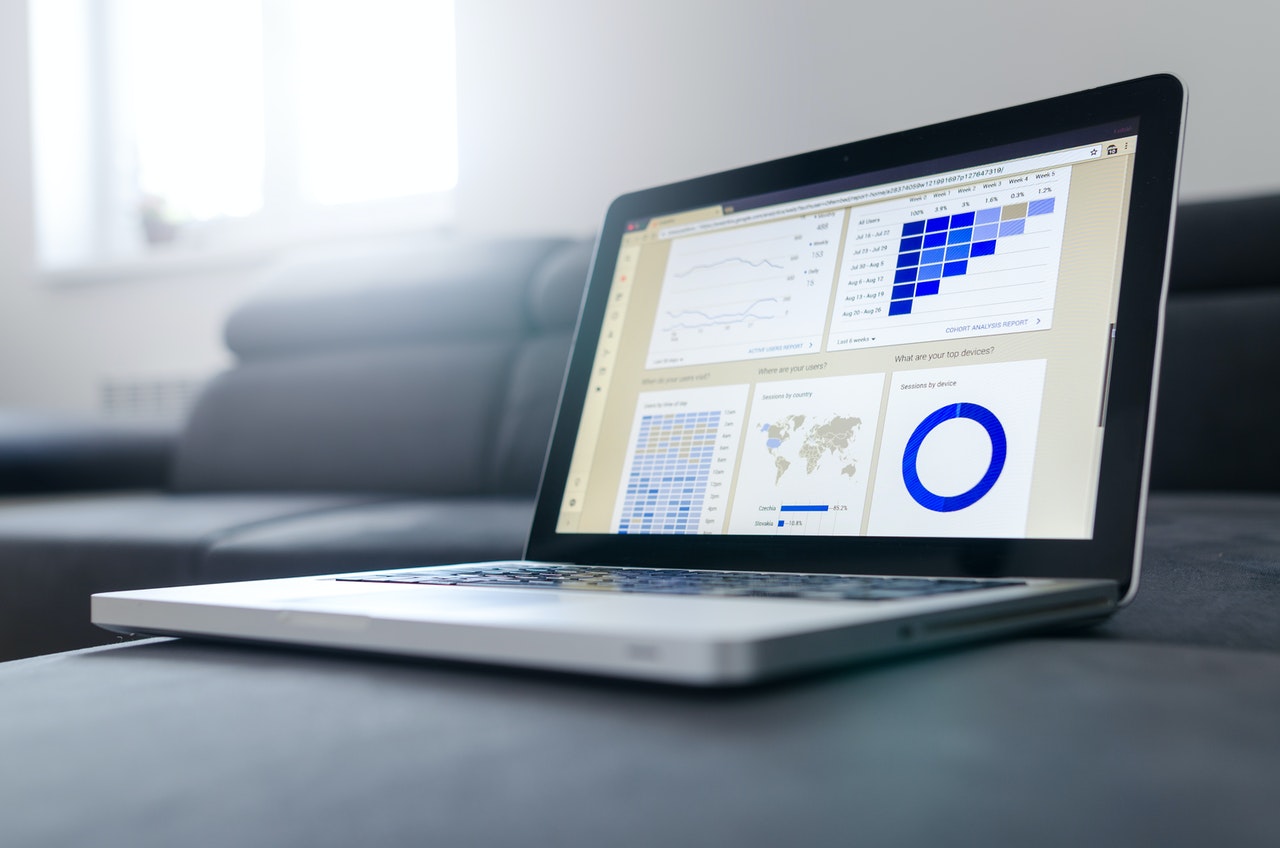What is data science? - Lifecycle, applications, requirements and tools
Published

If you are looking for a data science / data science remote or hybrid job, you will find here various offers. Given the vast amounts of data being produced today, data science is an essential part of many industries and one of the most discussed topics in IT circles. Its popularity has increased over the years and companies have started implementing data science techniques to grow their business and increase customer satisfaction. In this article, we will learn what data science is and how you can become a data scientist.
If you want to acquire new data science skills or expand your existing skills, Skillshare is for you. Please click here to access Skillshare's learning platform and gain new insights into a wide variety of topics.
What is data science?
Data Science is the field that deals with massive amounts of data and uses modern tools and techniques to find unseen patterns, derive meaningful information and make business decisions. Data science uses complex machine learning algorithms to build predictive models.
The data used for analysis can come from many different sources and be in different formats.
Now that you know what data science is, let's look at why data science is so important to today's IT landscape.
The data science lifecycle
Now that you know what data science is, let's next look at the data science lifecycle. The data science lifecycle consists of five different phases, each with its own tasks:
Capture: data acquisition, data entry, signal reception, data extraction. In this phase, structured and unstructured raw data is collected.
Maintain: data warehousing, data cleansing, data staging, Data processing ,data architecture. This phase is about putting the raw data into a usable form.
Process: data mining, clustering/classification, data modeling, data summarization. Data scientists take the prepared data and examine its patterns, areas, and biases to determine how useful it is for predictive analysis.
Analyze: Exploratory/confirmatory, predictive analysis, regression, text mining, qualitative analysis. This is the very core of the life cycle. In this phase, the various analyzes are carried out on the data.
Communicate: data reporting, data visualization, business intelligence, decision making. In this final step, analysts prepare the analysis in easy-to-read forms such as charts, graphs, and reports.
Data Science Requirements
Below are some of the technical concepts you should know before delving into data science.
1. Machine learning
Machine learning is the backbone of data science. Data scientists must have a solid understanding of ML in addition to a basic knowledge of statistics.
2. Modeling
Mathematical models make it possible to make quick calculations and predictions based on the data that is already known. The Modeling is also a part of machine learning and involves identifying the most suitable algorithm to solve a particular problem and training these models.
3. Statistics
Statistics is the heart of data science. A solid approach to statistics can help you gain more insights and produce more meaningful results.
4. Programming
A certain level of programming knowledge is required to run a successful data science project. The most common programming languages are Python and R. Python is particularly popular because it is easy to learn and supports multiple libraries for data science and ML.
5. Databases
A skilled data scientist must understand how databases work, how to manage them, and how to extract data from them.
What does a data scientist do?
You know what data science is and are probably wondering what exactly this job entails - here is the answer. A data scientist analyzes business data to produce meaningful insights. In other words, a data scientist solves business problems through a series of steps including:
- Before tackling data collection and analysis, the data scientist defines the problem by asking the right questions and developing an understanding of it.
- The data scientist then determines the correct set of variables and data sets.
- The data scientist collects structured and unstructured data from many different sources - corporate data, public data, etc.
- Once the data is collected, the data scientist processes the raw data and converts it into a format suitable for analysis. This includes cleaning and validating the data to ensure its consistency, completeness and accuracy.
- After the data is put into a usable form, it is fed into the analysis system - an ML algorithm or a statistical model. Here the data scientists analyze the data and identify patterns and trends.
- Once the data is fully prepared, the data scientist interprets the data to find possibilities and solutions.
- The data scientists complete the task by preparing the results and insights to share them with the appropriate stakeholders and communicate the results.
Now we should be aware of some machine learning algorithms that are beneficial for a clear understanding of data science.
Why Become a Data Scientist?
You have learned what data science is. Does that sound exciting? Here is another good reason why you should choose data science as a career field. According to Glassdoor and Forbes, demand for data scientists will increase by 28 percent by 2026 , which speaks for the stability and longevity of the profession. So if you want a secure career, data science offers you that opportunity.
Additionally, the data scientist profession ranked second in the Best Jobs in America for 2021 survey with an average base salary of $127,500.
So if you're looking for an exciting career that offers stability and generous compensation, then look no further!
Where do you fit into data science?
Data science offers you the opportunity to focus and specialize in a specific aspect of the field. Below is a selection of different ways you can fit into this exciting, fast-growing field.
Data Scientist
- Responsibilities: You determine what the problem is, what questions need to be answered, and where the data can be found. They also prepare, clean and present the relevant data.
- Required Qualifications: Programming skills (SAS, R, Python), storytelling and Data visualization , statistical and mathematical knowledge , Knowledge of Hadoop, SQL and machine learning .
Data Analyst
- Job Role: Analysts bridge the gap between the data scientists and the business analyst, by organizing and analyzing data to answer the questions posed by the business. You take over the technical analyzes and convert them into qualitative measures.
- Required qualifications: Statistical and mathematical knowledge, programming knowledge (SAS, R, Python) and experience in Data processing and data visualization.
Data engineer
- Area of responsibility: data engineers focus on developing, deploying, managing and optimizing the company's data infrastructure and data pipelines. They support data scientists by helping transfer and transform data for queries.
- Required Skills: NoSQL databases (e.g. MongoDB, Cassandra DB), programming languages like Java and Scala and Frameworks ( Apache Hadoop ).
Tools for data scientists
The job of a data scientist is challenging, but fortunately there are many tools that can help Data Scientist support in his work.








